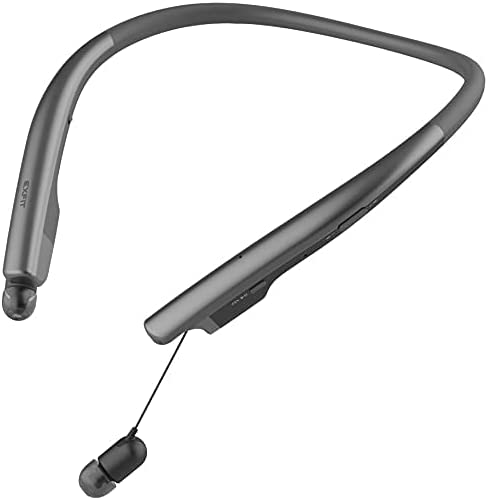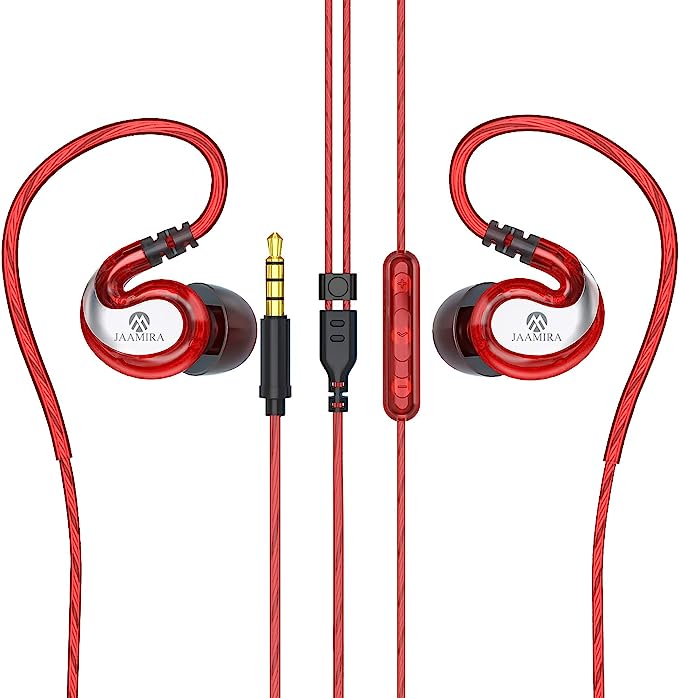It started, as many great ideas do, with a simple problem in a small bar. In Kobe, Japan, in the early 1970s, musician Daisuke Inoue was repeatedly asked by a client to accompany him on a business trip to entertain his colleagues. Inoue couldn’t make it, so he did the next best thing: he recorded his instrumental accompaniments onto a tape. He handed the client a tape deck and a microphone, and in that moment, an accidental invention sparked a global phenomenon. He called it “karaoke,” or “empty orchestra.” Inoue’s goal was never fame or fortune—he famously never patented his idea—but to solve a fundamentally human desire: to give everyone the chance to take the stage and feel the joy of singing.
Half a century later, that simple wish has evolved into sophisticated technology. The modern karaoke machine, exemplified by devices like the Ikarao Shell S1, is no longer just a tape deck and a microphone. It’s a self-contained universe of sound, software, and connectivity. But beneath its polished exterior and glowing screen lies a fascinating story of applied physics, clever engineering, and a design philosophy that, at its core, still honors Inoue’s original vision. This is the story of how engineers build a box of joy.

Engineering the Perfect Stage for Sound
To deliver a great singing experience, a machine must first create a great sonic environment. Think of the inside of a quality speaker not as a hollow box, but as a meticulously designed acoustic theater. The Ikarao S1 operates on this principle, featuring what’s known as a 2.2-channel system. This isn’t just jargon; it’s a blueprint for clarity. The “cast” includes two 3.5-inch woofers and two 1-inch tweeters. In the world of sound, this separation of labor is everything. Woofers are the powerful baritones of the speaker world, built to reproduce low-frequency sounds—the thump of a bass drum, the resonance of a cello. Tweeters are the agile sopranos, dedicated to the high frequencies that give vocals their crispness, definition, and presence.
By assigning these distinct roles, the system avoids the sonic mud that plagues lesser speakers, where vocals and bass lines compete for the same space. But the truly clever piece of architecture is the 15-degree upward tilt of those tweeters. High-frequency sound waves behave much like the beam of a flashlight; they are highly directional. A forward-facing tweeter on a low-slung machine would shine that beam straight at the furniture or the rug, where its energy would be absorbed. By angling the tweeters upward, the engineers are consciously aiming that “beam” of vocal clarity toward the listener’s ears. This small adjustment, guided by principles of psychoacoustics—the study of how we perceive sound—dramatically enhances the sense of an open, immersive “soundstage,” making the performance feel like it’s filling the room, not just coming from a box on the floor.
This carefully constructed stage is then managed by a master conductor: an internal Digital Signal Processor (DSP). When you switch between sound modes like “HiFi” or “Outdoor,” you’re not just tweaking the bass and treble. You’re commanding the DSP to apply complex algorithms that reshape the entire audio signal, effectively changing the acoustic properties of your virtual theater on the fly to best suit the environment.

The Art of Invisible Stagehands
The magic of a great live performance is in its effortlessness. The audience sees only the artist, unaware of the flurry of activity backstage. The Ikarao S1 achieves this same magic through its all-in-one design, acting as its own team of invisible stagehands.
The most crucial of these is the integrated 10.1-inch touchscreen and its onboard operating system. This is the pre-built stage. It eliminates the need to be your own roadie, fumbling with connecting a laptop, a tablet, or a phone. As user Antonio P. expressed in his review, he wanted a gift for his mother-in-law, not a new role as her personal IT support. The S1’s ability to connect to Wi-Fi and run apps like YouTube and KaraFun independently is the fulfillment of that wish. This online capability is bolstered by its support for 5GHz Wi-Fi. Think of your home’s Wi-Fi network as a system of roads: the 2.4GHz band is a busy, all-purpose local street, while the 5GHz band is a wide, multi-lane highway with less traffic. For streaming high-quality music videos, that 5GHz highway is essential for a smooth, buffer-free journey.
The other star stagehands are the wireless microphones. They are “dynamic” microphones, a design revered for its durability and ability to handle high sound pressure levels—perfect for an enthusiastic party environment. Their internal mechanism, based on the simple physics of electromagnetic induction, makes them robust. But their most user-friendly feature is that they are self-charging. Docking them in their magnetic slots is an elegant solution to the age-old problem of battery anxiety, ensuring the mics are always ready for an encore.
Of course, engineering consumer electronics is an art of compromise. Some users, like Michael W., noted the absence of an included USB-C power adapter. This reflects a broader industry trend to reduce electronic waste, but it also points to a design trade-off. By unbundling the charger, manufacturers can invest more in the core components—like the speakers and microphones—that define the user experience. It’s an engineering decision that prioritizes the quality of the show over the amenities in the green room.

The Amplifier of Connection
Ultimately, the Shell S1 is more than a speaker and more than a screen. It is a social amplifier. Its robust suite of connections—HDMI for mirroring to a big-screen TV, OTG for connecting to a computer for recording—allows the intimate experience of singing in the living room to scale up to a full-blown party centerpiece. It is built to be a hub.
This brings us back to Daisuke Inoue and his little bar in Kobe. The technology inside the Ikarao Shell S1—the quad-core processors, the wireless protocols, the acoustic engineering—would have been unimaginable to him. And yet, this complex, sophisticated machine serves the exact same, beautifully simple purpose as his original tape deck. It is a tool designed to lower the barrier to participation, to encourage shared vulnerability, and to amplify the simple, profound joy of making music together. The technology is the means, but the connection is the end. The empty orchestra is fuller than ever.




